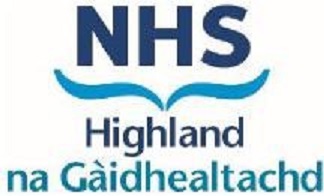It can be helpful to consider the assessment and management of Opioid Dependence as being a process, which consists of a number of ‘phases’. One conceptual model of this, which comprises four phases, is illustrated in the table below.
It should not be presumed that progress through these phases is unidirectional, nor should the indicative timescales be considered ‘rigid’. Each individual patient must be assisted to undertake a recovery process that works for them.
Much of the rest of this guidance assumes that patients will proceed to introduction of MAT and a period of maintenance/stability. Some patients indicate a preference for (or may be more suitable for) introduction of MAT followed, quite quickly, by detoxification. In particular, this approach may be indicated for people who are between 16 and 18 years of age (OST should only be considered in those under the age of 16 by a specialist), those who have only a short history of opioid use (eg less than 6 months), or who are unconvincingly dependent (using very small amounts, using less than daily, mild or unobservable withdrawal signs/symptoms).
PHASE | GOALS | PRESCRIBING | ROLES OF CLINICAL TEAM | ROLES OF INTEGRATED TEAM |
Phase 1 This phase will last up to 16 weeks for most people | Establish extent of problematic drug use Initiate care plan Initiate and optimise opioid substitute treatment (OST) Reduce or stop poly drug and alcohol use Reduce associated harms Confirm current BBV and immunisation status Complete assessment | Agree initial prescribing plan Discuss and agree type of OST Determine if same day prescribing of OST is clinically appropriate Initiate and titrate OST Adjust dose until patient not in withdrawal and cravings and on top opioid use minimised or stopped. | Assess current and past drug use and treatments tried Liaise with GP and other services Review OST regularly including dose and adverse effects Review for ongoing drug/ alcohol use Review of physical health including wound care | Child protection assessment Overdose awareness and naloxone supply Initial assessment of injecting risk, equipment supply and harm reduction support Ongoing tailored harm reduction support including injecting equipment Complete BBV test Support access to vaccination Refer to appropriate services for comorbid conditions |
Phase 2 Duration according to patient’s progress | Maintain abstinence Address other drug and alcohol use | Maintain and adjust OST dose according to patient needs Regular review of OST choice to ensure it remains appropriate | Review efficacy of OST dose Assist patient to put in place lifestyle and behaviour changes to support goals of treatment | Tailored harm reduction support Psychosocial support Regular review of vaccine and BBV status Referral to other agencies as indicated |
Phase 3 In agreement with patient | Stopping OST when patient abstinence from all opioid drug becomes an agreed goal | Agree OST reduction plan Symptomatic management of opioid withdrawal as needed | Regular review of progress. Adjust and tailor plan according to progress | Relapse prevention techniques Ensure overdose awareness and naloxone up to date |
Phase 4: | To maintain abstinence after stopping OST | Naltrexone for relapse prevention if appropriate | Individual support focused on relapse prevention | Encourage access to aftercare services |
Urine or Oral Fluid Testing for Drugs. Key times/reasons for testing:
| ||||


